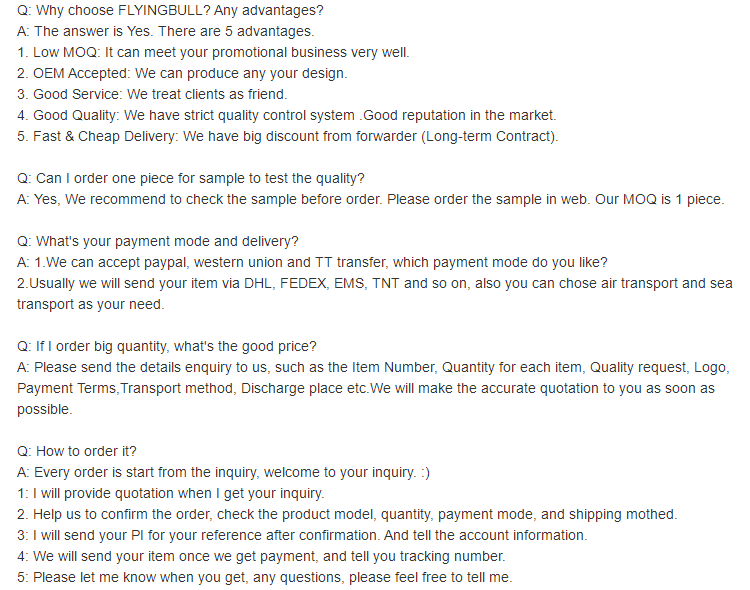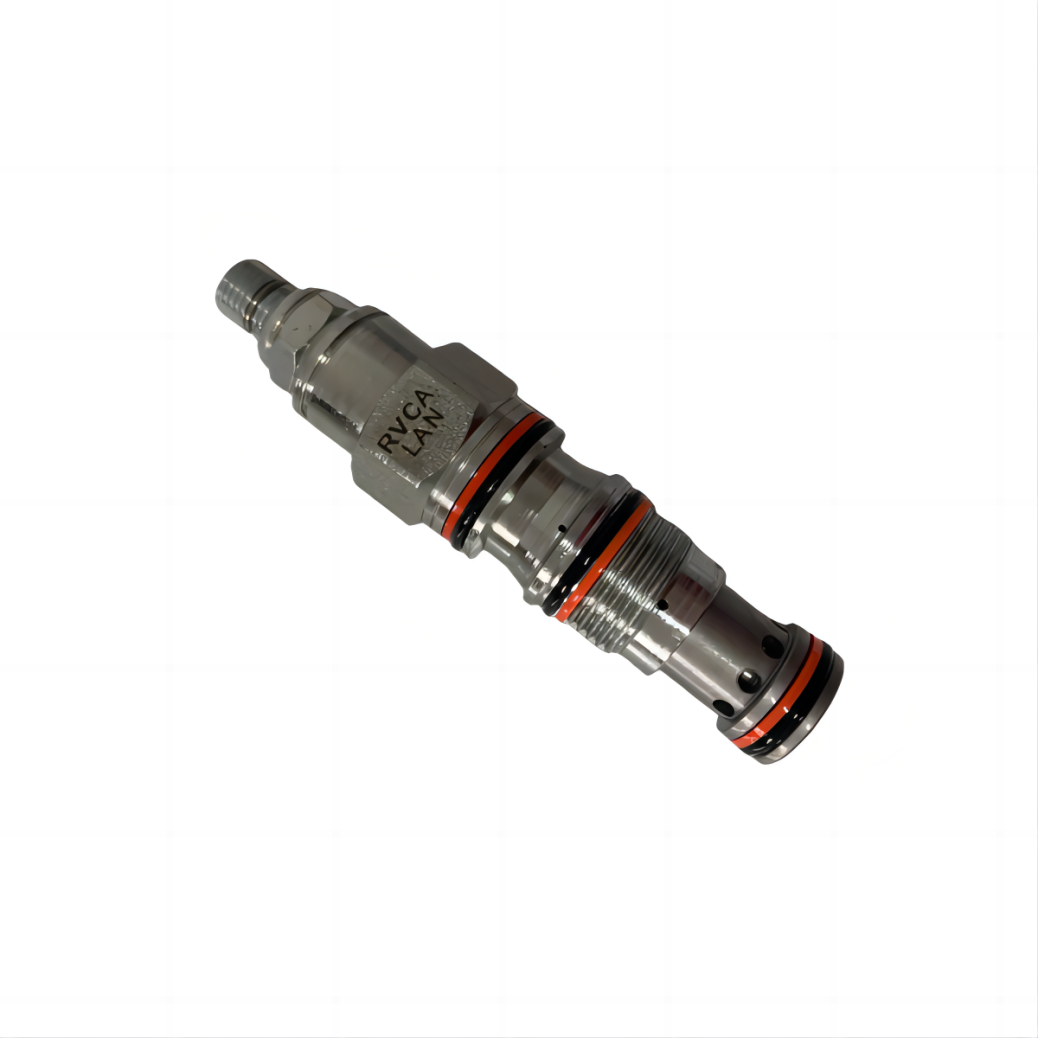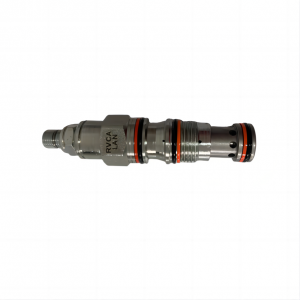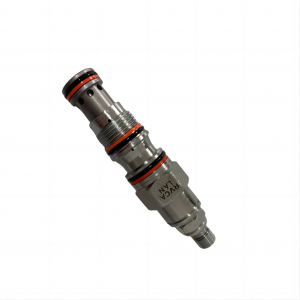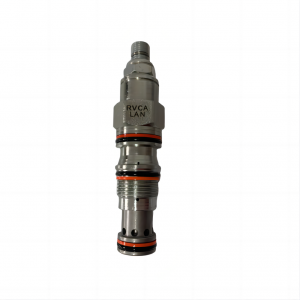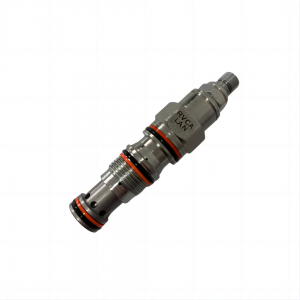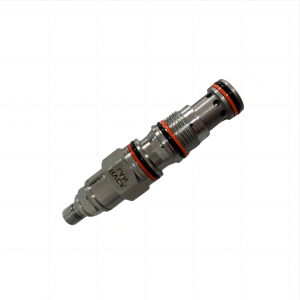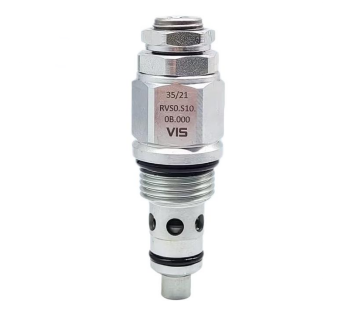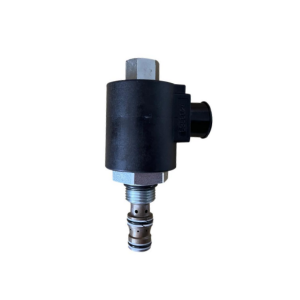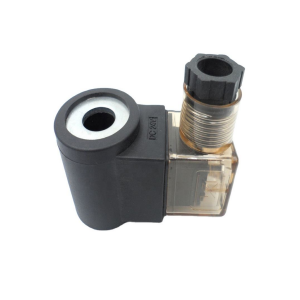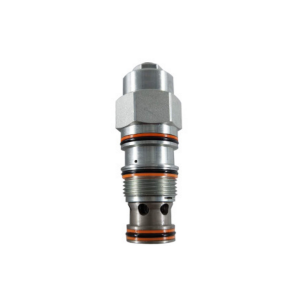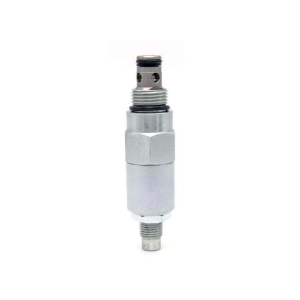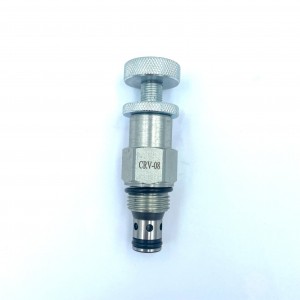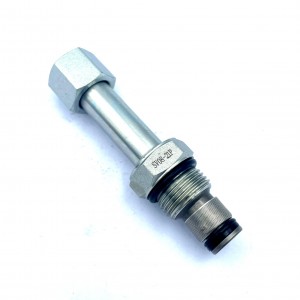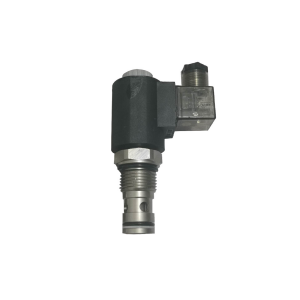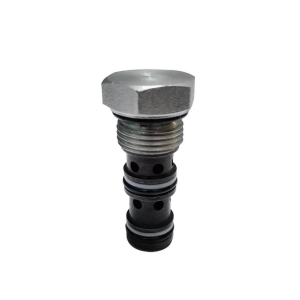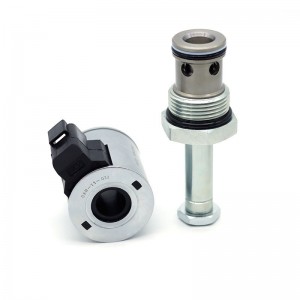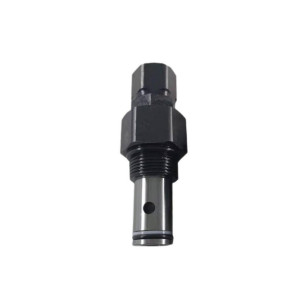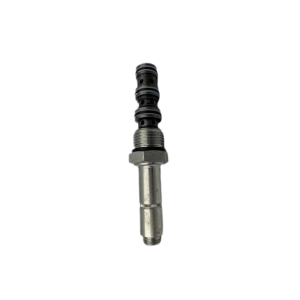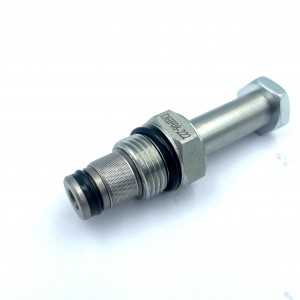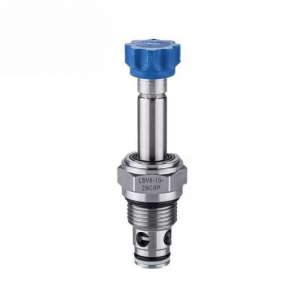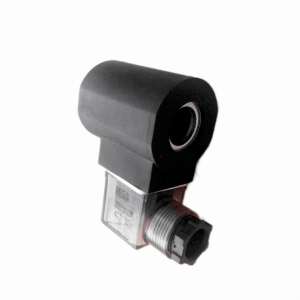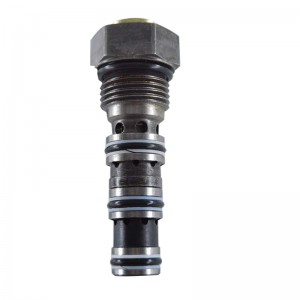Hydraulic balance valve Excavator hydraulic cylinder valve core RVCA-LAN
Details
Dimension(L*W*H):standard
Valve type:Solenoid reversing valve
Temperature:-20~+80℃
Temperature environment:normal temperature
Applicable industries:machinery
Type of drive:electromagnetism
Applicable medium:petroleum products
Points for attention
The relief valve is divided into two types: direct acting and pilot operated.
The working principle of the direct-acting relief valve:
Direct acting relief valve is a relief valve in which the system pressure acting on the spool is directly balanced with the pressure regulating spring force. The specific process of the relief valve to maintain the pressure of the system near constant is: When the relief valve works stably, the spool is balanced in an opening position that is compatible with the overflow flow. When the system pressure is greater than the setting value of the relief valve, the hydraulic thrust pushing the spool up increases, the spool loses its original balance and moves up, the opening quantity δ increases, the liquid resistance decreases, the overflow flow increases, and the system pressure approximately drops back to the setting value. When the system pressure is lower than the set value of the relief valve, the hydraulic thrust pushing the spool upward becomes smaller, the spool moves down from the original position under the action of the spring force, the opening quantity δ decreases, the liquid resistance increases, the overflow flow decreases, and the system pressure automatically rises, and approximately returns to the original set value. Therefore, when the direct-acting relief valve is working, the spool moves up and down with the change of the system pressure, so as to maintain the system pressure nearly constant.
Principle of pilot-operated relief valve: The pilot-operated relief valve is an relief valve that uses the pilot valve to limit the pressure and control the overflow of the main valve.
With the relief valve in the hydraulic system, the system pressure can not exceed the pressure set by the relief valve, so the relief valve also plays the role of preventing system overload. If the relief valve is used as a safety valve, the limit pressure when the system is overloaded should be used as the setting pressure of the valve. Overload when the valve port is opened, the oil spills back to the tank, playing a safety protection role. The safety valve is normally closed when the system is working normally.
Product specification
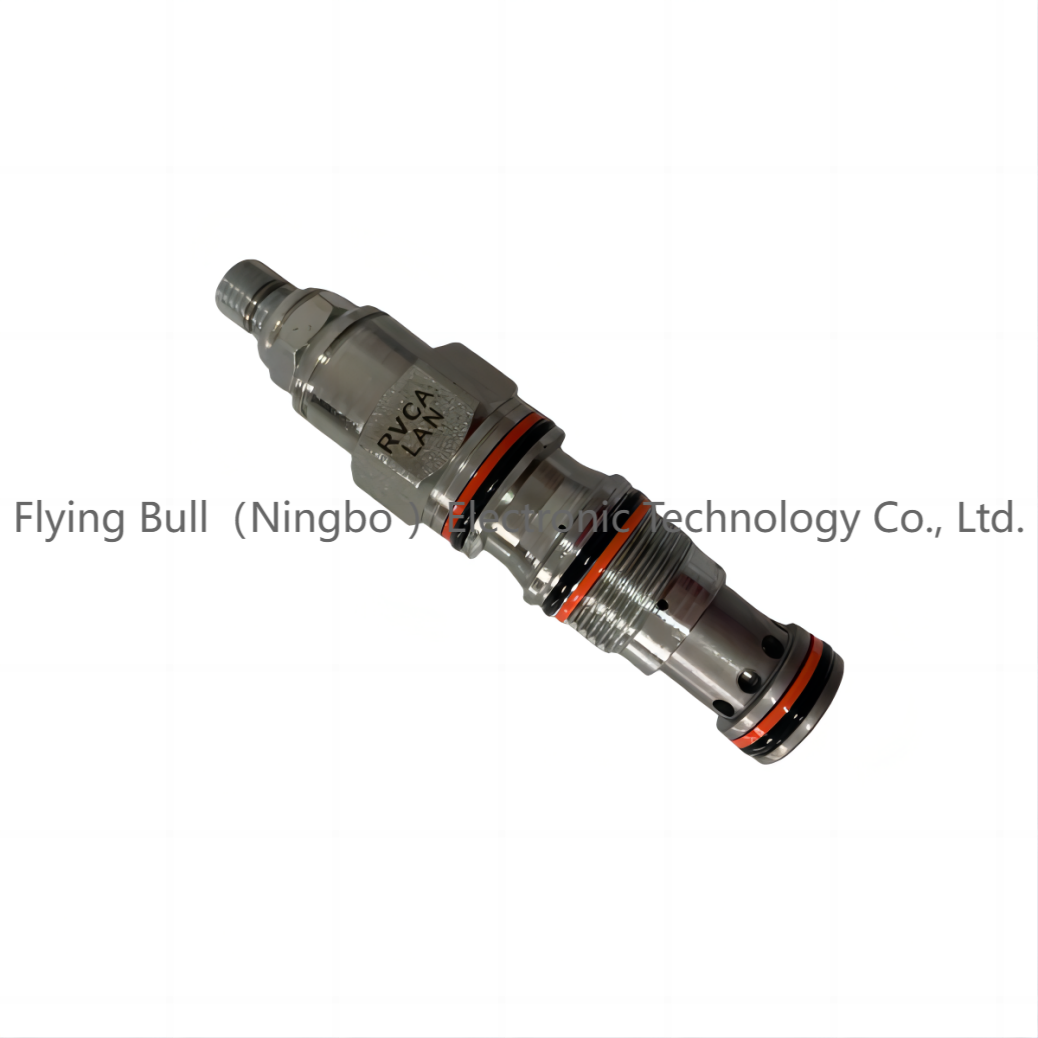
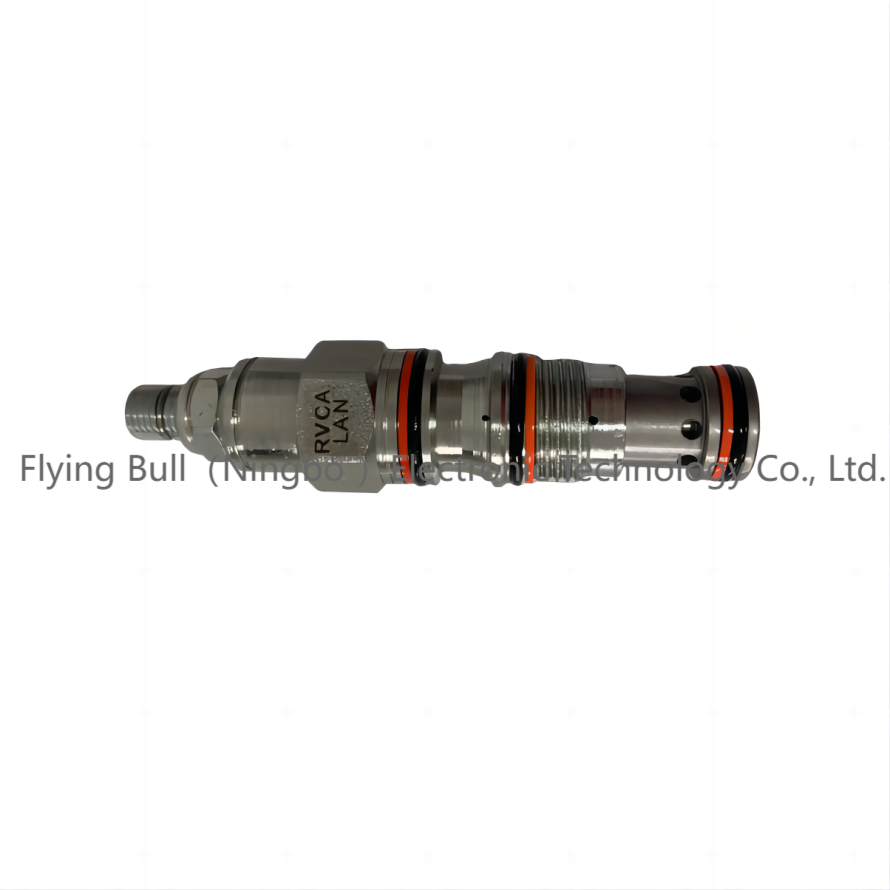

Company details







Company advantage
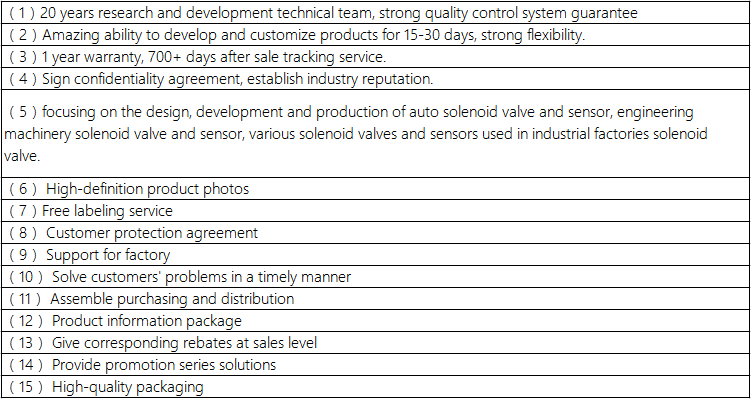
Transportation

FAQ
